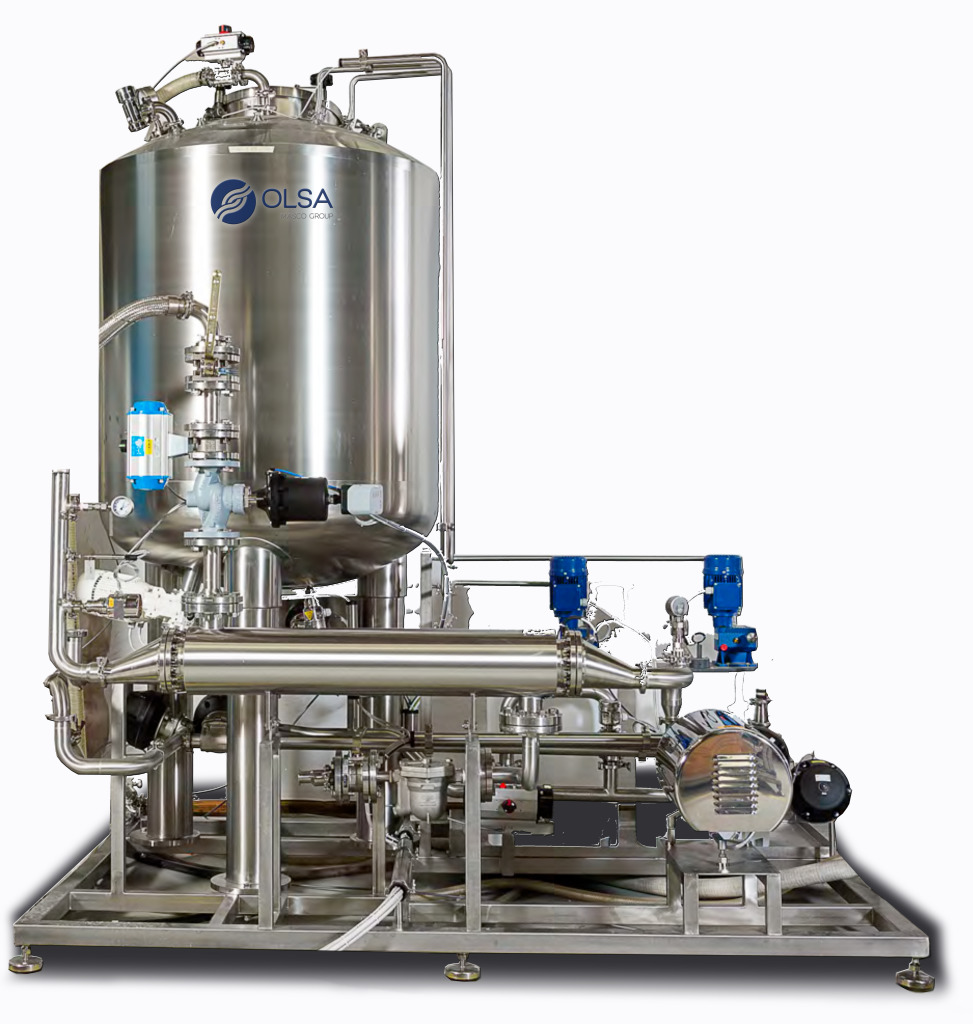


Steam quality in the food industry must meet “Culinary Steam” requirements and in the biotech industry, specifications for “Clean Steam” must be met. Superheated steam or an insufficient steam supply will result in a failed SIP program. Operations should confirm steam supply header pressure and temperature to ensure a saturated steam supply. The thermal resistance of microorganisms and spores can be enhanced by the protective effects of process soil. Perform effective CIP operations prior to initiating SIP operations to remove processing soils. Perform Clean-In-Place (CIP) Operations Before SIP Operations Haskell's process engineering team at Seiberling has prepared a list of ten effective rules to help you reliably achieve sterile conditions when SIP’ing a process equipment set. The process system may include processing vessels and piping, filtered gas overlay supplies, process liquid filters, valves, pumps and processing instrumentation. The most stringent SIP application achieves sterile conditions throughout the entire equipment set with the goal of sterilizing the process system as an entity. SIP operations may be used for varying purposes, including (a) process disinfection to kill pathogenic (disease producing) organisms, (b) the thermal inactivation of a target organism, or (c) steam sanitization to achieve a 99.9% bio kill of all present organisms. Steam-in-Place (SIP) Operations are used in the food and biotechnology industries, using the thermal energy of condensing steam for a controlled time period to effect a bioburden reduction. Haskell provide us with the top 10 effective SIP rules to reliably achieve sterile process systems. Steam-in-Place (SIP) Operations are used in the food and biotechnology industries.


 0 kommentar(er)
0 kommentar(er)
